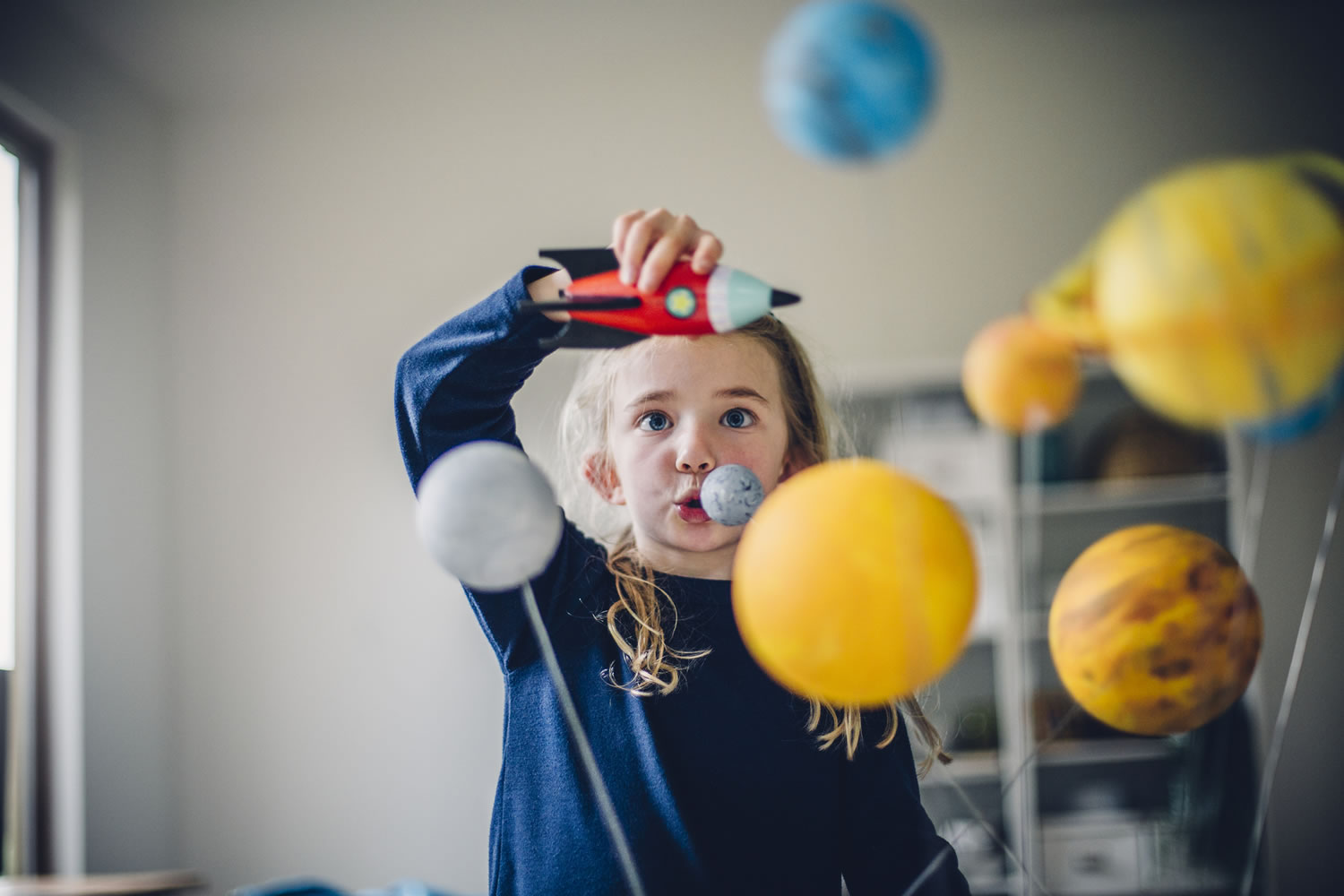Ideas to build stem skills in preschoolers
Published on Tuesday, 13 April 2021
Last updated on Monday, 12 April 2021

In early education settings, we most often focus on learning through play, and building language and motor skills to help children develop.
STEM toys help us to bring another level to young children’s learning by teaching skills related to science, technology, engineering and mathematics. But when we talk about introducing difficult subjects such as engineering and spatial awareness to preschoolers, we wonder how on earth we can make these concepts easy for them to not just understand but also enjoy.
Do STEM toys really work? Which are the best ones to work with? And how do we use them in day-to-day activities?
Introducing STEM toys and activities into an early education setting is actually a lot easier than you might think. In fact, you’re probably already doing it every day. Think about singing Five Little Monkeys or Ten in the Bed with toddlers to introduce numbers and counting, as well as very basic adding and subtracting. Or building a Lego tower with preschoolers to show them how to lay a foundation, fit pieces together and create balance.
There are five basic characteristics of STEM toys and activities, and if what you’re doing with the children in your care can tick these boxes, you’re already engaging them in STEM learning.
Toys and activities that build STEM skills must be active, not passive, so they require interaction.
They need to be engaging, encouraging children to focus rather than being distracted and placated by ‘bells and whistles’.
They should be meaningful, providing an opportunity for achievement of some kind. There should be a social element to them, requiring or encouraging interaction with others at the same time.
And most importantly, they should be fun. Open-ended play - toys and games that can be used or played over and over again in different ways - that encourages problem solving is helping to build STEM skills.
Some examples of simple STEM toys that can be used in an early learning environment include building blocks - one of the most important tools for open-ended, active play in preschoolers - balancing blocks, puzzles and Lego (or larger Duplo bricks for littlies).
Studies have shown that playing regularly with these kinds of toys boosts spatial awareness and reasoning in young children, enabling them to understand complex math and engineering concepts more easily later in life, as well as improving problem solving and imaginative play.
There are also specifically designed toys to help build numeracy in preschoolers such as counting bears, counting sticks and abacuses, which can be helpful for educators who are unsure of where to start with STEM learning. Visually appealing, cute counting bears help to engage little kids when introducing them to counting, adding and subtracting, but their bright shades also assist in colour matching, sorting and pattern recognition.
Traditional Montessori counting sticks are suitable for toddlers through to school-age children as they include coloured sticks to visually show how many items each number represents, number blocks to build familiarity with the written numerals, and mathematical symbols for introducing arithmetic to older children. And abacuses use coloured beads to show children individual numbers and how they add up to lots of ten, which then follows on to hundreds and so on.
While these tools are excellent for introducing math and engineering concepts to young children, while also encouraging them to have fun, there are other ways to build STEM skills that don’t require any special equipment.
Cooking and baking with children helps them to become familiar with ideas of counting (how many eggs are we using?), measuring (let’s see what one-and-a-half cups of flour looks like), and chemical reactions (look how the cupcakes rise when we add baking powder to the mix and put them in the oven).
Playing with toy boats and balls on a water table can help children to learn about buoyancy and water displacement - splash! What’s the Time Mr Wolf teaches counting and introduces the concept of telling time, while exploring nature can help children to understand become more curious about the world around them and start asking questions such as ‘How do birds fly?’, ‘Why do trees grow up?’, and ‘What happens when I throw a stone in the pond?’.
Finding the answers to these questions helps stimulate scientific thinking and lays the foundation for a love of learning in later years.
This curiosity and active STEM learning can be further encouraged by educators engaging with the children in their care while they are building their block towers, sorting coloured bears, baking cupcakes and splashing in puddles outside.
An article on STEM learning in Livescience spoke about how communicating with early learners during play time can benefit them: “‘Caregivers can encourage kids' learning by asking open-ended questions and nurturing their curiosity”, said Allison Master, a research scientist at the Institute for Learning and Brain Sciences at the University of Washington.
“When kids feel more connected to others while doing a STEM task, they enjoy it more — and kids who think STEM is fun and enjoyable are more likely to persist in formal STEM education.”
Related Articles

Introducing young scientists to colourful STEM
Using colour to engage children in the magic of Science, Technology, Engineering and Mathematics (STEM).

9 play-based science activities that STEM skills
8 easy STEM ideas to try at home to boost learning through play based exploration and discovery.

The Best STEM Toys for Christmas
Christmas is just around the corner and this article offers parents and carers a range of educational and cost effective toys, which support the development of STEM skills.
